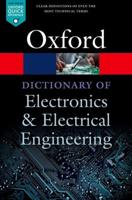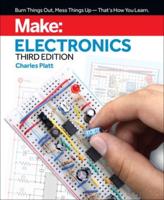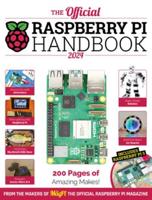Publisher's Synopsis
Current-mode circuits, where information is represented by the branch currents of the circuits rather than the nodal voltages as of voltage-mode circuits, possess many unique and attractive characteristics over their voltage-mode counterparts including a small nodal time constant, high current swing in the presence of a low supply voltage, reduced distor- tion, a low input impedance, a high output impedance, less sensitive to switching noise, and better ESD immunity. CMOS current-mode circuits have found increasing applications in telecommunication sys- tems, instrumentation, analog signal processing, multiprocessors, high- speed computer interfaces, and the backplane of complex electronic sys- tems. This book deals with the analysis and design of continuous-time CMOS current-mode circuits for data communications over wire chan- nels. CMOS current-mode sampled-data networks, such as switch- current circuits, and current-mode logic circuits, are excluded. The book is organized as the followings : Chapter 1 examines the distinct characteristics of ideal voltage-mode and current-mode circuits. The topology duaUty of these two classes of circuits is investigated using the concept of inter-reciprocity and adjoint network. A critical comparison of the input and output impedances, bandwidth, slew rate, propagation delay, signal swing, supply voltage sensitivity, and ESD sensitivity of voltage-mode and current-mode cir- cuits is provided. Chapter 2 investigates design techniques that improve the perfor- mance of low-voltage current-mode circuits including input impedance reduction, output impedance boosting, bandwidth enhancement, mis- match compensation, power consumption reduction, and swing improve- ment. Chapter 3 investigates the modeling of wire channels.









